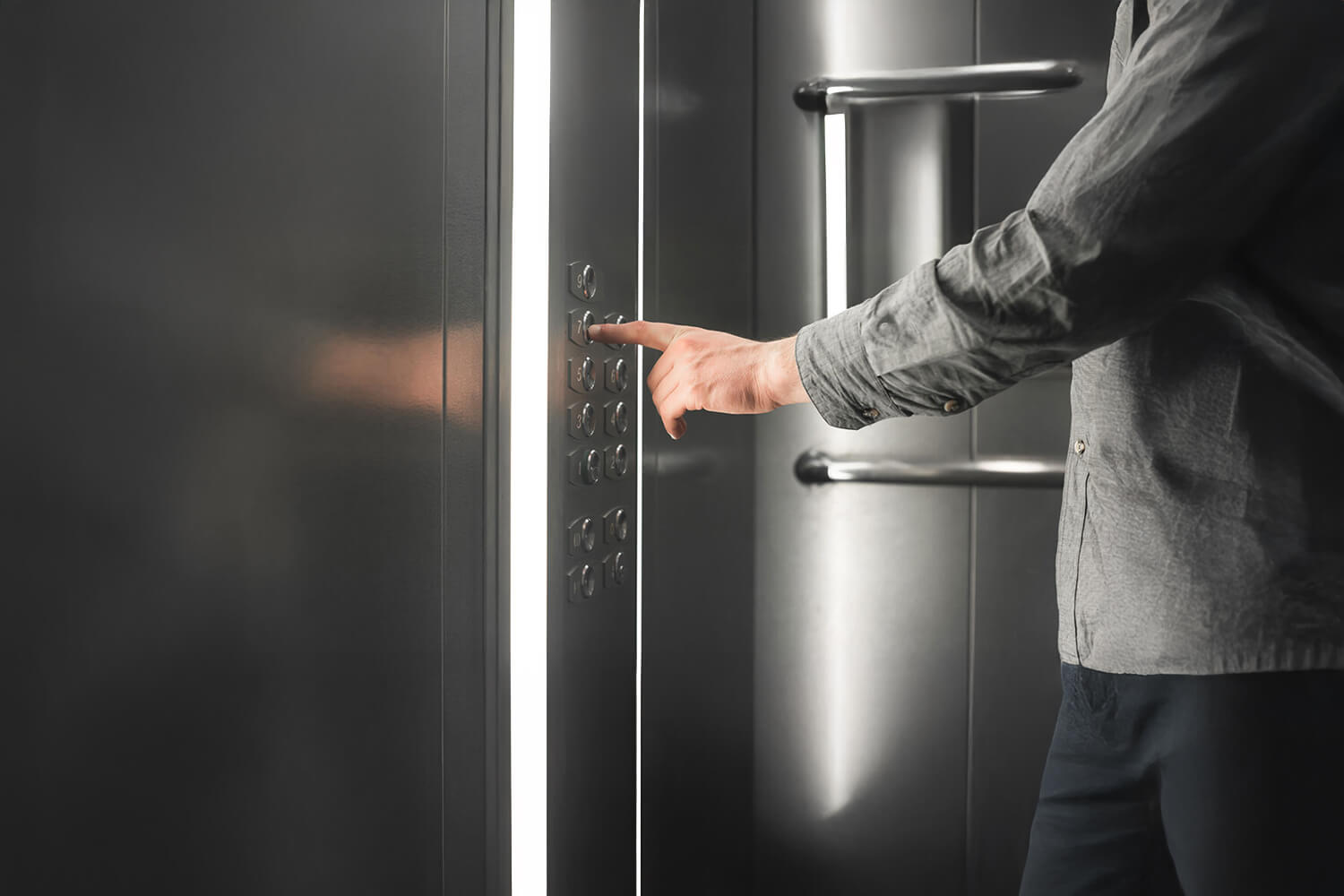Whenever you see suggestions on how to get more physical activity into your day, there’s a good chance that they’ll include “take the stairs instead of the elevator.” While climbing several flights might be a good choice for your cardiovascular health (and your leg muscles), it might not be the safest option. When you consider the reduced fall risk and the benefits of an elevator monitoring service, the answer to the question, “Are elevators safer than stairs?” becomes a resounding “yes.”
Falls vs. Fails: The Numbers Don’t Lie
Many people who avoid elevators do so because they’re worried about an accident. But statistically speaking, we’re far more likely to sustain injuries from falling down stairs. The American Journal of Emergency Medicine reports that about 1 million people end up in the emergency room every year due to a star-related accident. In comparison, the Center for Construction Research and Training reports that there are approximately 17,000 elevator injuries each year, with most involving individuals working on the elevators.
Looking at these injury statistics, it’s easy to see that stairs are surprisingly sinister, and no one’s immune to taking a tumble. Everything from footwear to carrying objects to being distracted by a conversation or phone can contribute to falls, leading to sprains, strains, head injuries, and more.
Elevators, on the other hand, are unlikely to have the type of mechanical malfunctions you see in movies. If something goes wrong, safety mechanisms kick in to protect the cab occupants.
Elevators Have Strict Safety Regulations
Most people don’t give elevator maintenance or safety certifications much thought. From monthly inspections to multiple fail-safes, building and municipal codes take elevator safety seriously. These protocols exist for a reason.
In comparison, you can encounter multiple hazards on the stairs, such as a loose railing, uneven steps, and inadequate lighting, which may go undetected until it’s too late. So, if you’re wondering, “Are elevators safer than stairs?” just consider the amount of attention the elevator receives and the safety regulations it must follow compared to stairwells.
Accessibility Factors and Emergency Response Advantages
Not everyone can use stars safely or efficiently. Elevators are a lifeline for individuals using wheelchairs, on crutches, or pushing strollers, as well as older people or anyone with mobility challenges who struggle to use stairs without great difficulty.
And in some emergency situations, elevators can get help where it’s needed faster. While there are situations when you should avoid using elevators, there are times when they are the best choice for safely evacuating people who cannot handle stairs.
The Bottom Line: Are Elevators Safer Than Stairs?
Taking the stairs doesn’t automatically mean you’ll land in the ER, especially if you’re careful, use the handrail, and avoid multitasking. But if you’re worried about staying safe, remember that the answer to “Are elevators safer than stairs?” is always yes, thanks to elevator safety mechanisms.
ELEVATE Monitoring provides one of those tools. Our two-way video monitoring system offers 24/7 security and peace of mind, ensuring your elevators remain safe for everyone. Call 877-990-9191 to learn more.


